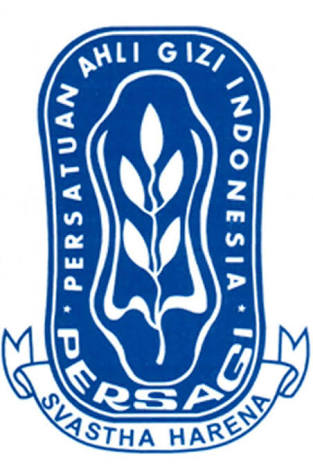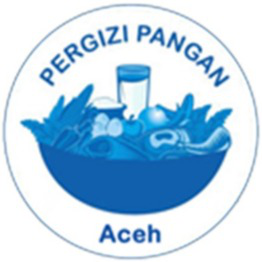Analysis of the Differences in the Use of Pandan Wangi Leaf Extract (Pandanus Amaryllifolius) and Without Use of Pandan Fragile Leaf Extract (Pandanus Amaryllifolius) as House Fly Repellent (Musca Domestica)
Abstract
Fly-borne diseases include dysentery, cholera, abdominal typhus, diarrhea, and others related to poor environmental sanitation conditions, so it is necessary to control flies carefully to avoid environmental pollution and health problems. One plant that contains botanical insecticides is the fragrant pandanus leaf (Pandanus amaryllifolius). Fragrant pandanus leaves contain insecticides in the form of alkaloids, saponins, flavonoids, tannins, and polyphenols. The type of research conducted is experimental with a static group comparison experiment design, which simultaneously measures the dependent variable and the independent variable by comparing the treated results with the control results. The research sample amounted to 240 flies. In the 10-minute observation period, 20 flies were released in one cage for each treatment. The results of this study were obtained. There is a difference in the use of fragrant pandanus leaf extract with a dose of 5 ml (7.67), 10 ml (12.33), and 15 ml (13.67) and without using a dose of fragrant pandanus leaf extract on the level of house fly expulsion: 5 ml (2.33), 10 ml (1.67), and 15 ml (1.33). The dose that causes the most significant expulsion of houseflies is in the extract of fragrant pandanus leaves with a dose of 15 ml because the higher the dose, the more flies are expelled. Conclusion: The results of the ANOVA test based on the dose of fragrant pandanus leaf extract on the number of houses flies that do not land, the degree of freedom obtained from 3 to 8, are used to see Ft. It turns out that Ft 1% = 7.59, Ft 5% = 3.86, and Fo = 536.32; thus, if Fo is greater than Ft, Ho is rejected, meaning that there is a significant difference between the various doses of fragrant pandanus leaf extract on the repulsion of house flies.
Full Text:
PDFReferences
Ansari, M. 2020. Metode Penelitian Kuantitatif Edisi 2. Airlangga University Press.
Anshori, M., & Iswati, S. 2019. Metodologi Penelitian Kuantitatif: Edisi 1. Airlangga University Press.
Agustiningsih, W, A., dan Mindaningsih. 2010.Optimasi Cairan Penyari Pada Pembuatan Ekstrak Daun Pandan Wangi (Pandanus amarillyfolius, Roxb) Secara Maserasi Terhadap Kadar Fenolik dan Flavonoid Total.Jurnal Momentum.
Aisyah. 2015. Daya Hambat Ekstrak Daun Pandan Wangi Terhadap Pertumbuhan Bakteri Staphylococcus aureus. Fakultas Kedokteran Gigi. Universitas Hasanuddin
Ardiawan, IW. 2016. Tinjauan Tingkat Kepadatan Lalat di Pasar Marga, Desa Marga, Kecamatan Marga, Kabupaten Tabanan Tahun 2016. Denpasar : Poltekkes Denpasar
Chandra, Budiman, Pengantar Kesehatan Lingkungan, Jakarta: Buku Kedokteran EGC, 2007.
Dalimartha, Setiawan, (2018), Atlas Tumbuhan Obat Indonesia.Ungaran:Trubus Agriwidya
Dhaevi. PH 2017. Tingkat Kepadatan Lalat di Pasar Tabanan, Desa Delod Peken, Kecamatan Tabanan, Kabupaten Tabanan Tahun 2017. Denpasar : Poltekkes Denpasar
Fakultas Kesehatan Masyarakat, Pedoman Penulisan Skripsi, Banda Aceh: FKM UNMUHA, 2011.
Utari. D. & dkk. 2017. Uji Efektivitas Ekstrak Daun Pandan Wangi (Pandanus amaryllifolius Roxb) Sebagai Repellent Nabati Dalam Mengurangi Jumlah Lalat Selama Proses Penjemuran Ikan Asin. Jurnal kesehatan masyarakat. Fakultas Kesehatan Masyarakat Universitas Mulawaman, Vol 03 No 02 Agustus 2017.
Sucipto C. D. 2011. Vektor Penyakit Tropis. Yogyakarta: Gosyen Publishing.
DOI: https://doi.org/10.35308/jns.v4i1.7472
Refbacks
- There are currently no refbacks.
Managed by Department of Nutrition, Faculty of Public Health
Published by Universitas Teuku Umar ,
Website: http://jurnal.utu.ac.id/JNS/index
Email: jns@utu.ac.id
Phone/Fax: +62-852-7736-5563; E-mail:
This work is licensed under a Creative Commons Attribution-ShareAlike 4.0 International License.














